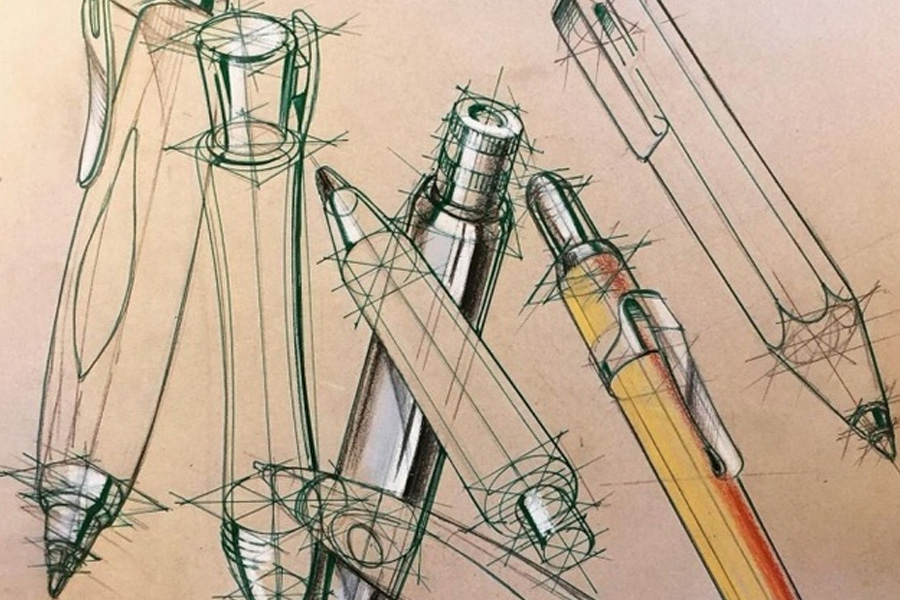Both 3003 and 5052 are aluminum alloys, and while they share some similarities, they have distinct properties that make them suitable for different applications.
3003 Aluminum:
-
Composition:
- Primarily composed of aluminum (around 97.3%).
- Small amounts of manganese (about 1%) are added for strength.
-
Properties:
- Excellent corrosion resistance.
- Good formability and weldability.
- Moderate strength.
-
Applications:
- Commonly used in sheet metal applications, cooking utensils, and packaging.
- Suitable for chemical equipment and lightly stressed structural components.
5052 Aluminum:
-
Composition:
- Primarily composed of aluminum alloy(around 95.7%).
- Small amounts of magnesium (about 2.5%) and chromium (about 0.25%) are added for increased strength and corrosion resistance.
-
Properties:
- Excellent corrosion resistance, especially in marine environments.
- Good formability and weldability.
- Higher strength compared to 3003.
-
Applications:
- Widely used in marine applications due to its corrosion resistance.
- Aircraft, vehicles, and structural components requiring a higher strength-to-weight ratio.
- Fuel tanks, pressure vessels, and general sheet metal work.
Comparison:
-
Corrosion Resistance:
- Both alloys offer good corrosion resistance, but 5052 is often preferred for applications where exposure to harsh environments, particularly marine environments, is a concern.
-
Strength:
- 5052 has higher strength compared to 3003, making it a better choice for applications where increased strength is critical.
-
Formability and Weldability:
- Both alloys are relatively formable and weldable, but 3003 may have a slight edge in formability.
-
Typical Applications:
- 3003 is often chosen for general-purpose applications where moderate strength and corrosion resistance are required.
- 5052 is preferred when higher strength and superior corrosion resistance, especially in marine environments, are necessary.
Here are the characteristics of 3003 and 5052 aluminum alloys:
Characteristics of 3003 Aluminum:
-
Composition:
- Primarily composed of aluminum (approximately 97.3%).
- Contains about 1% manganese.
-
Corrosion Resistance:
- Exhibits excellent corrosion resistance, making it suitable for various environments.
-
Formability:
- Good formability, allowing for easy bending, shaping, and rolling.
-
Weldability:
- Exhibits good weldability, making it suitable for welding processes.
-
Strength:
- Moderate strength, making it suitable for applications where high strength is not the primary requirement.
-
Applications:
- Commonly used in sheet metal applications.
- Suitable for cooking utensils, packaging, chemical equipment, and lightly stressed structural components.
Characteristics of 5052 Aluminum:
-
Composition:
- Primarily composed of aluminum (approximately 95.7%).
- Contains about 2.5% magnesium and 0.25% chromium.
-
Corrosion Resistance:
- Excellent corrosion resistance, particularly in marine environments.
-
Formability:
- Good formability, allowing for various fabrication processes.
-
Weldability:
- Good weldability, suitable for welding applications.
-
Strength:
- Higher strength compared to 3003, making it suitable for applications where increased strength is crucial.
-
Applications:
- Widely used in marine applications due to its superior corrosion resistance.
- Commonly used in aircraft, vehicles, structural components, fuel tanks, pressure vessels, and general sheet metal work.
Summary:
- Corrosion Resistance: Both alloys offer good corrosion resistance, but 5052 is particularly noted for its performance in marine environments.
- Strength: 5052 has higher strength compared to 3003.
- Formability and Weldability: Both alloys are generally formable and weldable, with slight differences.
- Applications: The choice between 3003 and 5052 depends on specific requirements. 3003 is suitable for general-purpose applications, while 5052 is chosen for applications demanding higher strength and superior corrosion resistance, especially in harsh conditions like marine environments.
Typical Parts Made with 3003 Aluminum:
-
Sheet Metal Products:
- 3003 is commonly used in the production of sheet metal products due to its good formability and corrosion resistance.
- Examples include panels, ductwork, and various stamped or spun components.
-
Cookware:
- Cooking utensils like pots, pans, and baking sheets are often made from 3003 aluminum due to its corrosion resistance and formability.
-
Packaging Materials:
- Foil, containers, and packaging materials benefit from 3003’s ability to be easily formed and its resistance to corrosion.
-
Chemical Equipment:
- Parts for chemical processing equipment that require corrosion resistance and moderate strength may be made from 3003 aluminum.
Typical Parts Made with 5052 Aluminum:
-
Marine Components:
- 5052 is widely used in the marine industry for parts such as boat hulls, decks, and other components exposed to saltwater environments due to its excellent corrosion resistance.
-
Aircraft Parts:
- Given its combination of strength and light weight, aluminum 5052 is used in various aircraft components, including wings, fuselage panels, and other structural parts.
-
Automotive Panels:
- Automotive body panels, such as inner panels and parts of the chassis, benefit from the balance of strength and formability provided by 5052.
-
Pressure Vessels:
- Parts of pressure vessels, including tanks for liquids and gases, are often made from 5052 aluminum due to its corrosion resistance and strength.
-
Structural Components:
- Various structural components in construction and engineering applications where a combination of strength and corrosion resistance is required.
Summary:
- 3003 Aluminum: Commonly used for general-purpose applications, sheet metal products, cookware, and packaging materials.
- 5052 Aluminum: Preferred for applications requiring superior corrosion resistance, such as marine components, aircraft parts, automotive panels, pressure vessels, and structural components.
Link to this article:3003 Aluminum vs. 5052 Aluminum
Reprint Statement: If there are no special instructions, all articles on this site are original. Please indicate the source for reprinting:Alloy Wiki,thanks!^^

